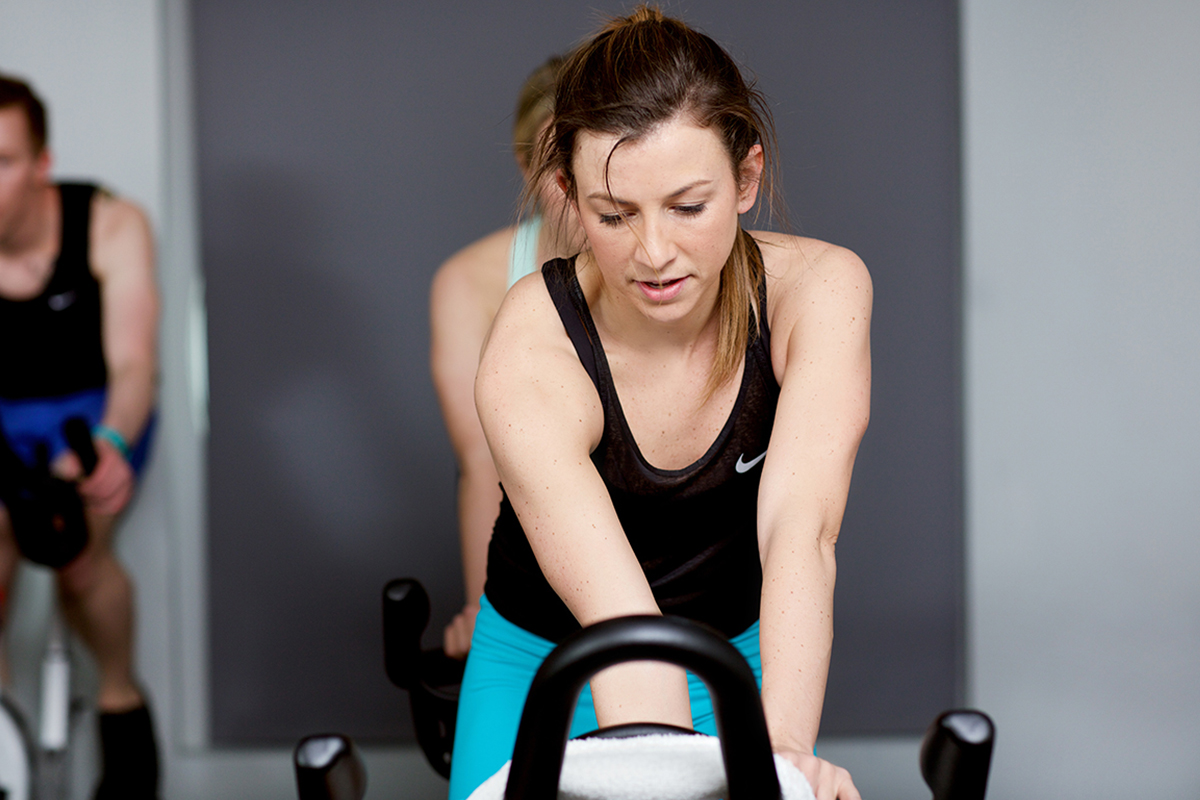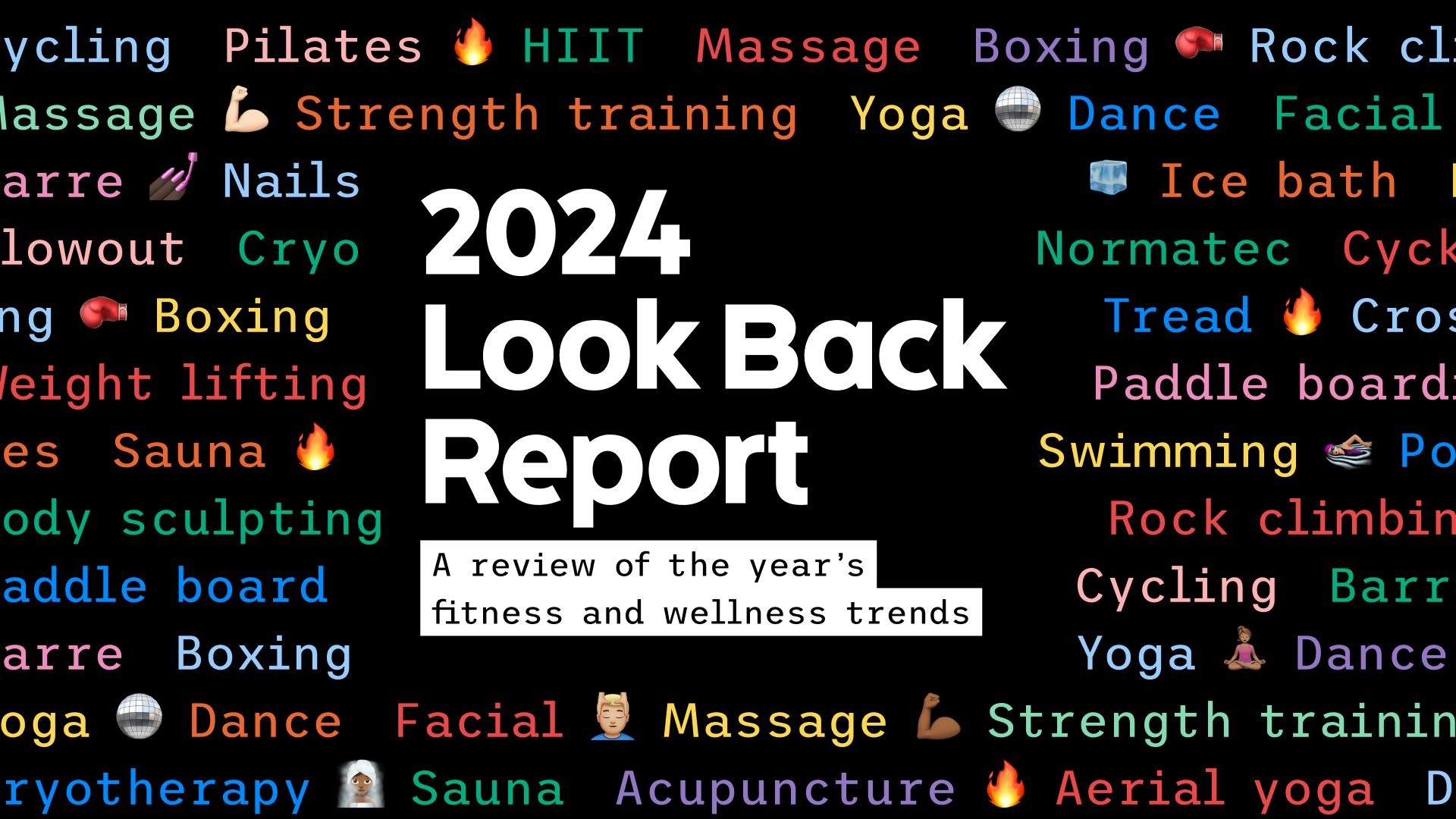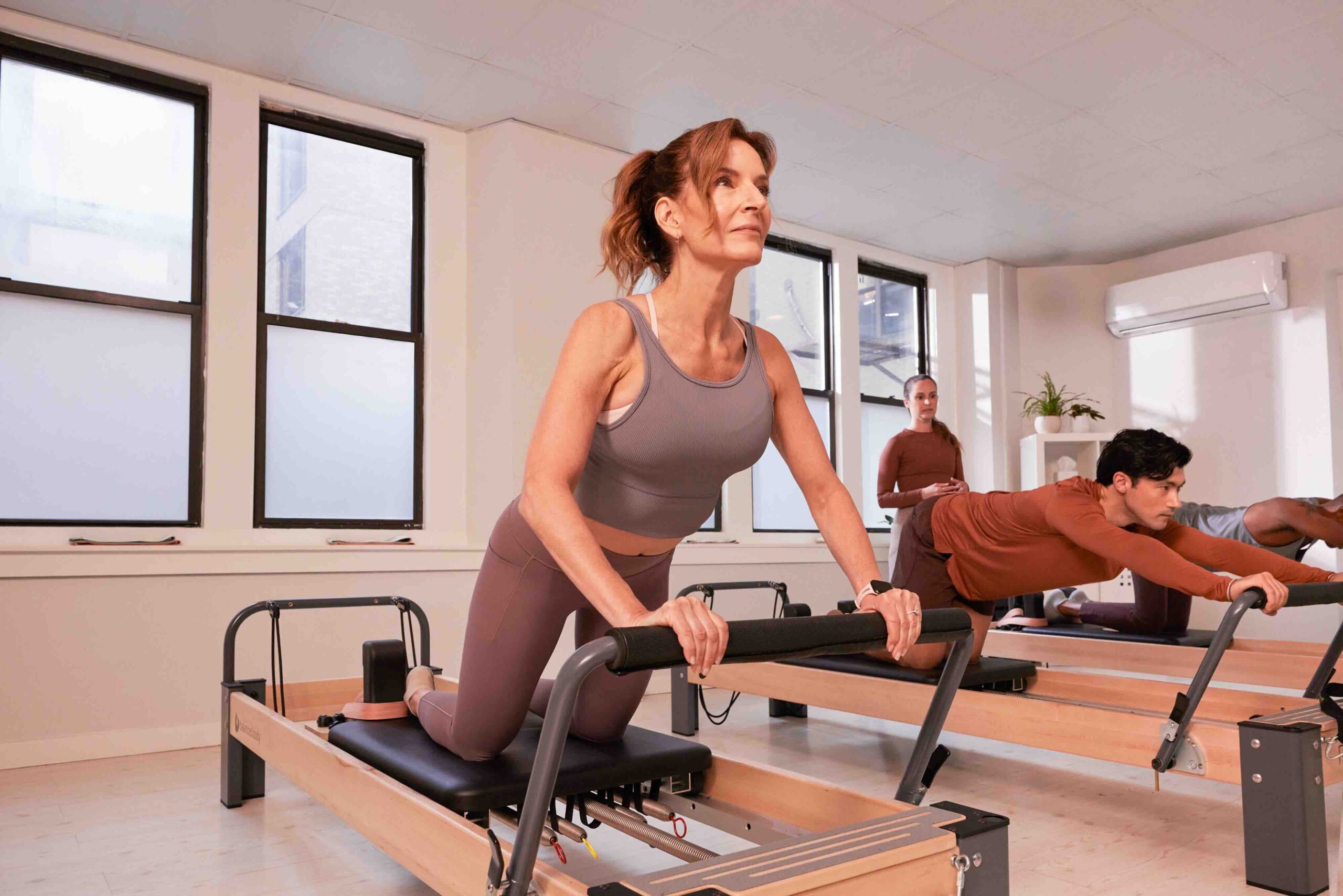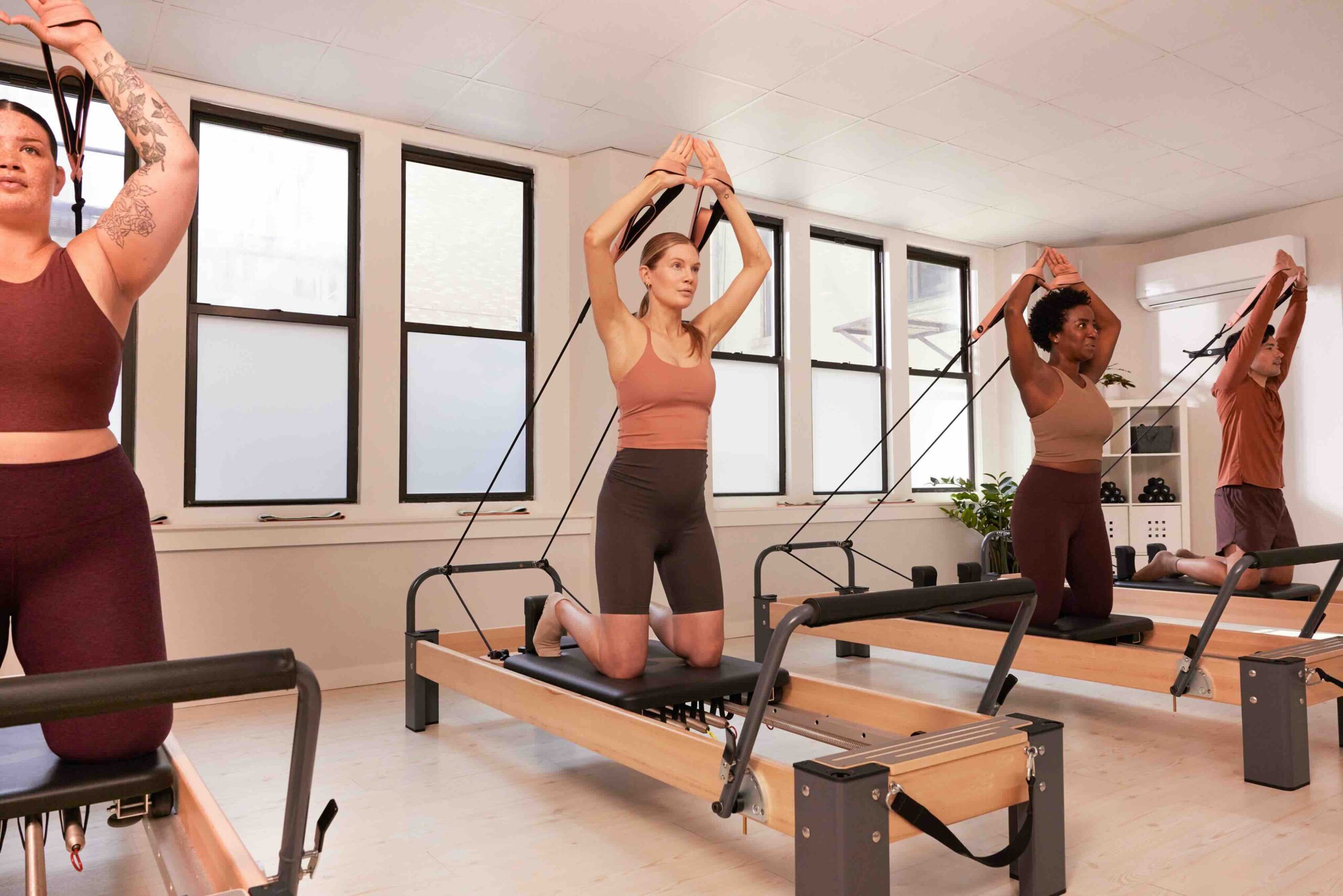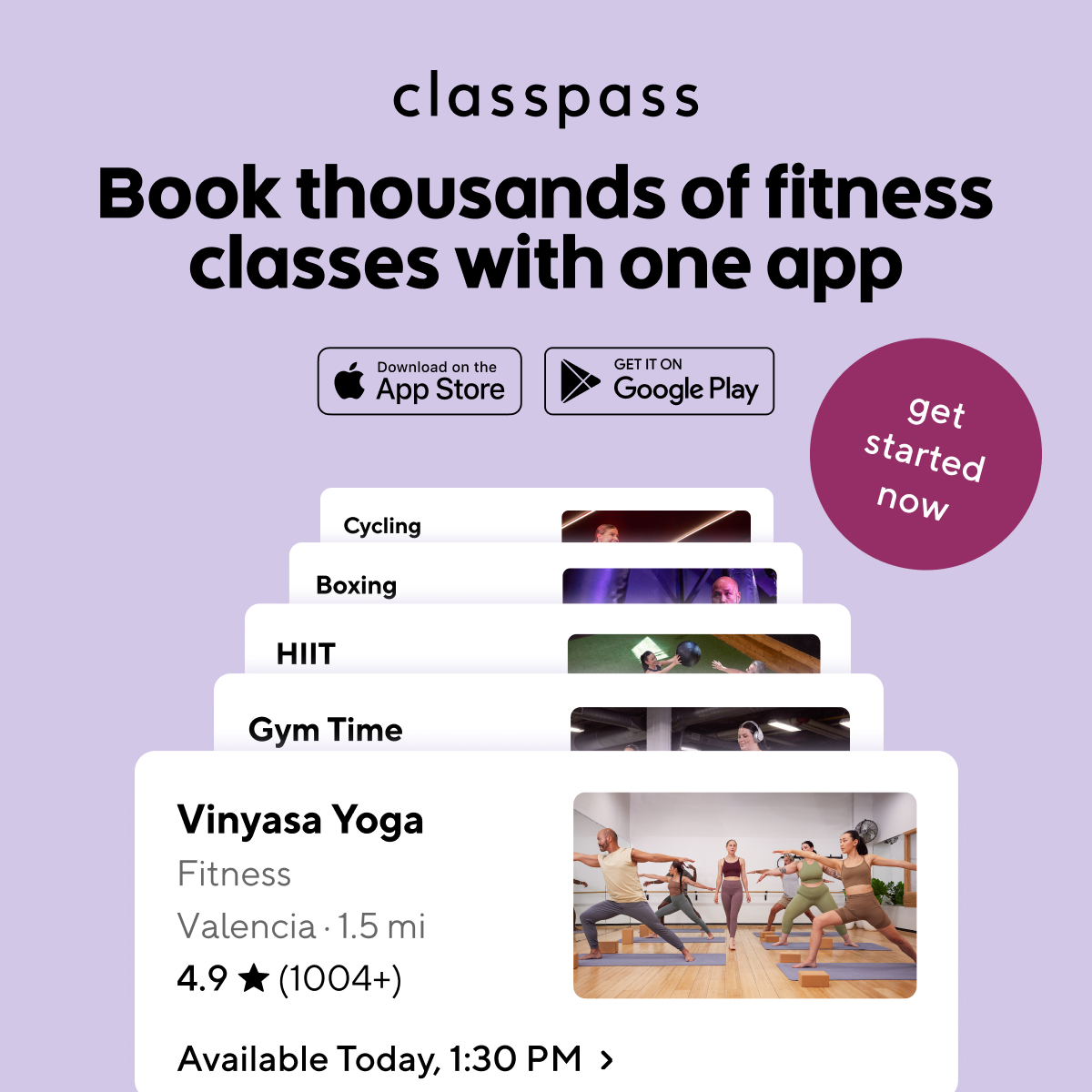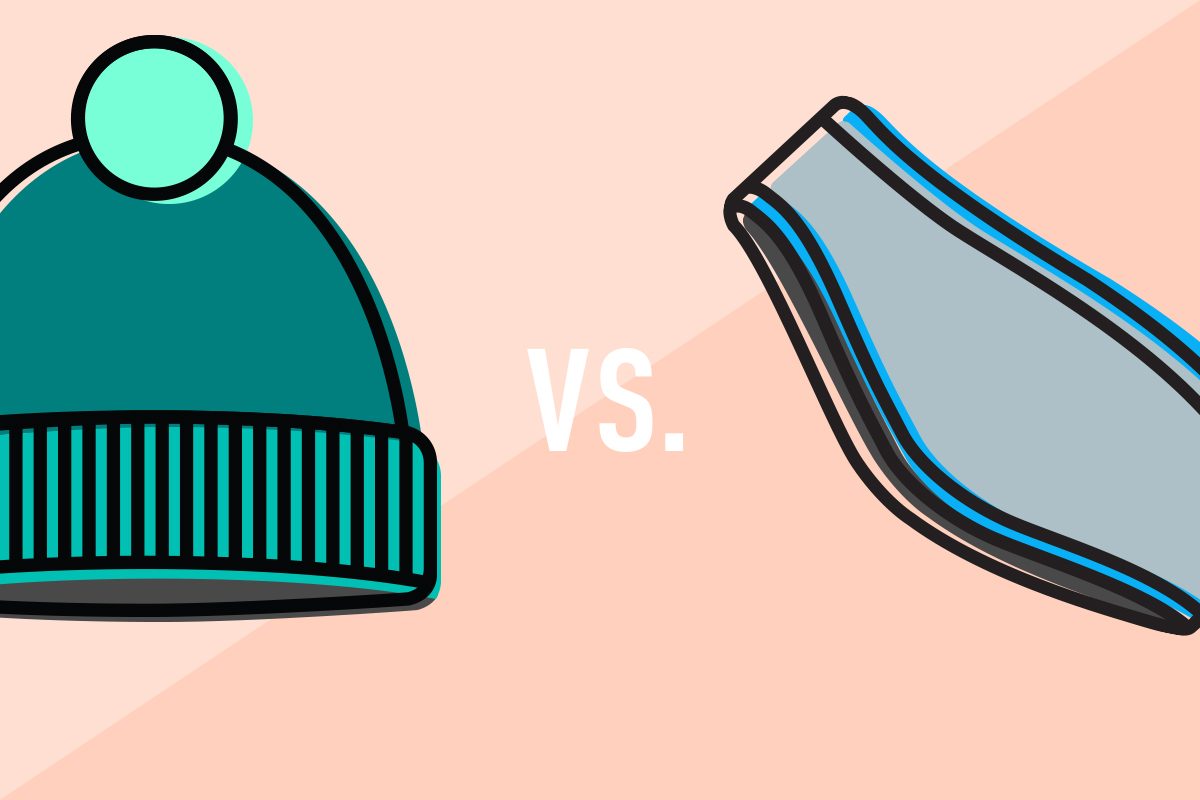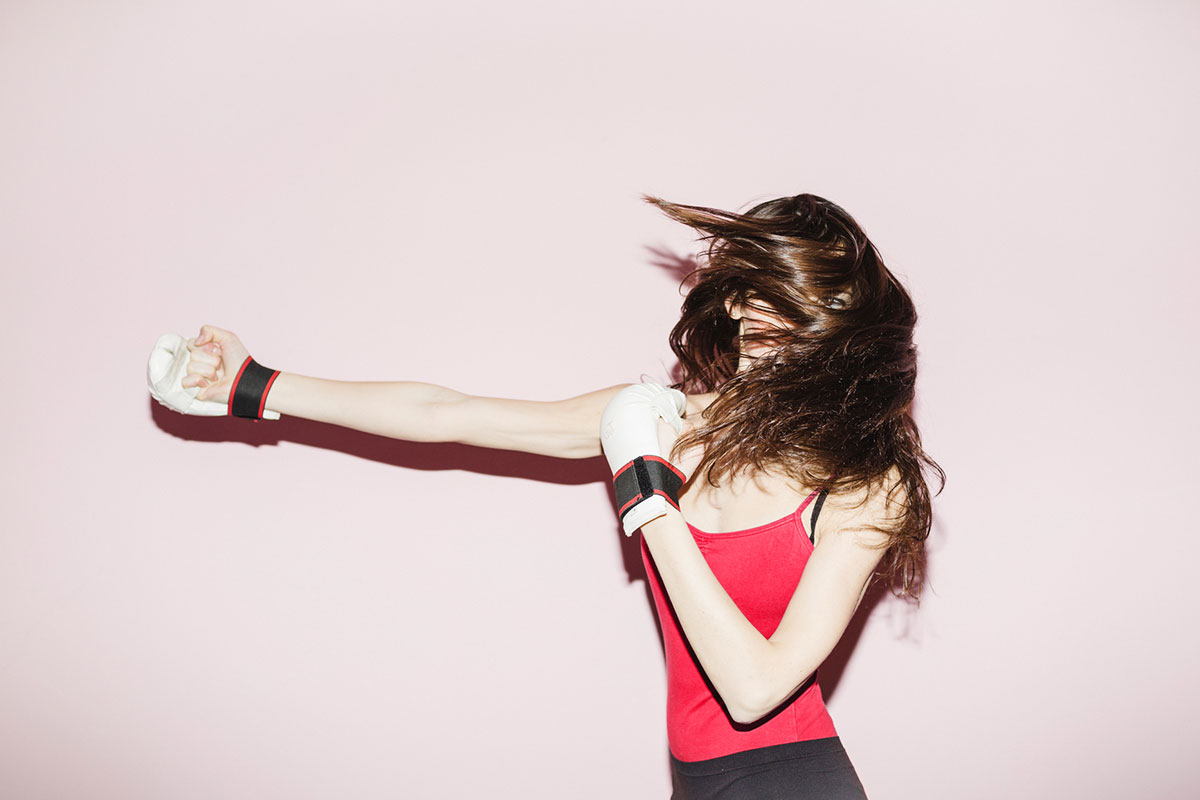So you’ve taken your fair share of indoor cycling classes and you know how to tap it back with the best of them, but you still haven’t purchased your own indoor cycling shoes. While some studios rent shoes (or even provide them free of charge), there can be a huge benefit in owning cycling shoes.
Spin shoes buying guide
We scoured the internet and talked to the pros about what to look for in a cycling shoe so that you can get the most out of every class.
What are spin shoes?
Spin shoes are shoes made specifically for indoor cycling. These shoes have a special clip that will attach to the pedal of an indoor cycling bike when you apply pressure. Spin shoes are formatted in a way that improves overall safety of indoor cycling and make the overall workout smoother. Many indoor cycling and spin classes require that you either own, or rent, a pair of spin shoes so that you can properly clip into the equipment. This is what spin instructors mean when they say “clip in,” they mean to literally clip your shoes onto the pedal.
Why buy cycling shoes?
As any indoor cycling enthusiast will tell you, using dedicated cycling shoes that clip to your pedals is a game changer. Why? It will give you a more powerful, efficient workout by allowing you to transfer more energy from your pedal stroke to the bike.
Melisa Olgun, a cycling instructor at Uforia Studios in San Francisco, explains that “the stiff sole of the cycling shoes transfers the power from your legs straight to the bike, rather than getting absorbed in the cushion of your shoe.”
Further, wearing properly fitted cycling shoes can help prevent injury by “preventing your foot and ankle from moving around during class and keeping your body in proper alignment,” she adds. And if you have a competitive nature, it can help make you a more powerful rider (hello, leaderboard!) and keep you injury free. Cycling-specific shoes will help you engage your hamstrings, calves, glutes and core, in addition to your quadriceps.
Why not rent spin shoes?
Many studios offer rental or complimentary loaner shoes. While this can be convenient for a newbie, there are certain benefits to having your own pair of cycling shoes. Allie White, a cycling instructor at Flywheel in Chicago, explains that while her studio provides complimentary shoe rental, “avid indoor cyclists should consider a shoe investment, as each type of shoe fits slightly different and, as the shoes are worn by many riders, they aren’t conformed to just your foot.”
Olgun adds that for germaphobes, wearing your own shoes could also provide some peace of mind. Most cycling shoes are very durable and will last you years, especially if you are primarily using them for indoor cycling classes, making them a great investment in your ClassPass routine.
Types of cycling shoes
There are three primary classifications of cycling shoes: road bike shoes, mountain bike shoes and indoor cycling shoes. Each type is optimized for something different:
Road cycling shoes
These tend to be stiffer than the mountain bike and/or indoor cycling shoes and the cleat (the part that clips into the pedal) protrudes from the sole.
Mountain bike-style shoes
These have a rubberized sole and a recessed cleat. They can look more like your typical trainers, meaning you won’t have to switch shoes to hit the weights or the sidewalk after class. Potential downsides include a heavier, less-efficient shoe.
Indoor cycling shoes
Consider these to be something of a hybrid between road and mountain bike shoes, with more rubber on the sole than a road shoe to allow you to walk around the studio without slipping, but a sleeker silhouette than a mountain bike shoe.
If your primary use for cycling shoes is indoor cycling classes, you’re probably better off purchasing a pair that with enough traction to keep you vertical from the locker room to the studio. These can certainly also be used for outdoor rides, but will be a bit heavier than those constructed exclusively for road biking.
Types of spin shoes
The main difference between different types of indoor cycling shoes is the type of cleat, or binding, with which the shoe is compatible. There are two primary types of cleats, each of which is compatible with a different type of pedal: SPD and Delta.
Delta vs SPD
- Two hole system, also known as “SPD:” The SPD cleat is slightly more common at indoor cycling studios and on indoor cycling shoes. White explains that “SPD clips are the most recognized, as most gyms will have the option for the SPD clip or the gym shoe cage. SPD clips make it easier to walk around (they are much smaller and flat). However, newer riders may find they are more difficult to clip into the pedal.”
- Three hole system, also known as “Delta:” Again, if you plan to use your shoes for serious road cycling as well, the three-hole option is considered slightly more efficient in terms of energy transfer. The three-hole system is less common among gyms, but major studios offer Delta clips on their indoor cycling shoes. White also notes that Delta-style clips “are larger and easier to clip in, especially when indoor cycling in a dimly lit studio.”
There are many different spin class shoe companies, each with their own pros and cons. The most popular spin shoe brand is TIEM, but many popular general fitness brands, like Nike, also make their own versions of spin class shoes.
How to buy cycling shoes
Before investing in a set of cleats, you should check with your favorite indoor cycling studios to ensure that your shoes will be compatible with their pedals. Both White and Olgun use both types of clips, depending on where they are riding, and find both systems to be comfortable and secure.
When it comes to the rest of the shoe (upper, closure systems, tread, etc.), you can pretty much rely on your personal preference.
Here are some helpful definitions of terms you might encounter in your search, along with instructors’ recommendations:
Sole: the very bottom part of the shoe that contacts the ground.
The sole of a cycling shoe can be constructed of plastic, fiberglass, carbon fiber or a combination of these materials. The tradeoffs among these three types of materials are affordability versus stiffness and lightness. Plastic soles are the most affordable, but most prone to flexing. Carbon fiber soles are the most expensive, but also the lightest and stiffest. Meanwhile, fiberglass soles and blends fall somewhere in the middle.
Upper: the part of the shoe that covers the top part of the foot, from heel to toe
Most indoor cycling shoes have a synthetic upper, which allows enough breathability to keep your feet dry and comfortable throughout your ride. The highest-end road bike shoes will have Italian leather uppers, which offer some increase in performance, comfort and style—for a hefty price tag.
Closure systems: how you secure your foot in the shoe.
The most common, and usually the most affordable, shoes come with Velcro closure systems. This makes them super easy to get on and off in the locker room, while keeping your shoe securely on your foot while riding. Other options include laces, a ratchet system (like you might see on a ski boot) and the Boa system. White recommends the convenience of Velcro straps. “I like to be able to put my shoes on and take them off quickly,” she says.
Where to buy cycle shoes?
When buying your first pair of shoes, it is helpful to try on different sizes and models in person. Both White and Olgun wear Shimano brand shoes and recommend them for performance and comfort.
White suggests “going and trying on every shoe and finding the one that fits your foot best.” She explains that in her search for the perfect shoe, she “tried on just about every pair in the store and found the one that fit the most comfortably.”
Olgun notes that your foot should feel comfortable in the shoe from day one: your toes should be able to wiggle around but your heel shouldn’t slide around in the back of the shoe when you walk. When searching for your perfect shoe, you may find a wider variety of sizes and brands at larger chains, but oftentimes you can count on more personalized fittings and service at local bike shops. Finally, you may have to purchase cleats separately and install them before using the shoe. Many bike shops will install the cleats for you at no extra charge.
If you prefer to purchase online, you can find great deals on cycling shoes at sites like Amazon, Zappos, or REI. Amazon carries entry-level shoes for as little as $40, in addition to well-respected brands such as Shimano. Again, you may need to purchase compatible cleats separately.
Still need some guidance? There are online tutorials to show you how to install them yourself, or you can take them to a local bike shop for installation.
